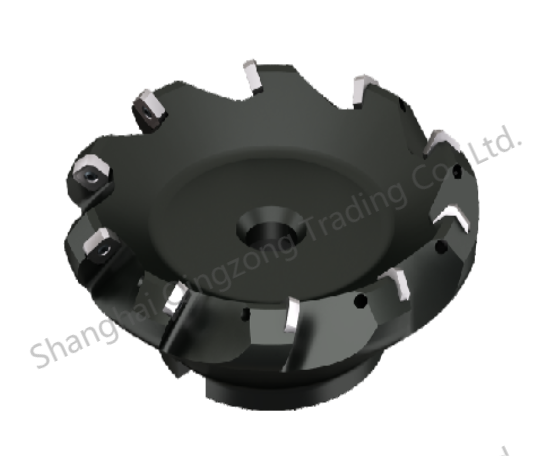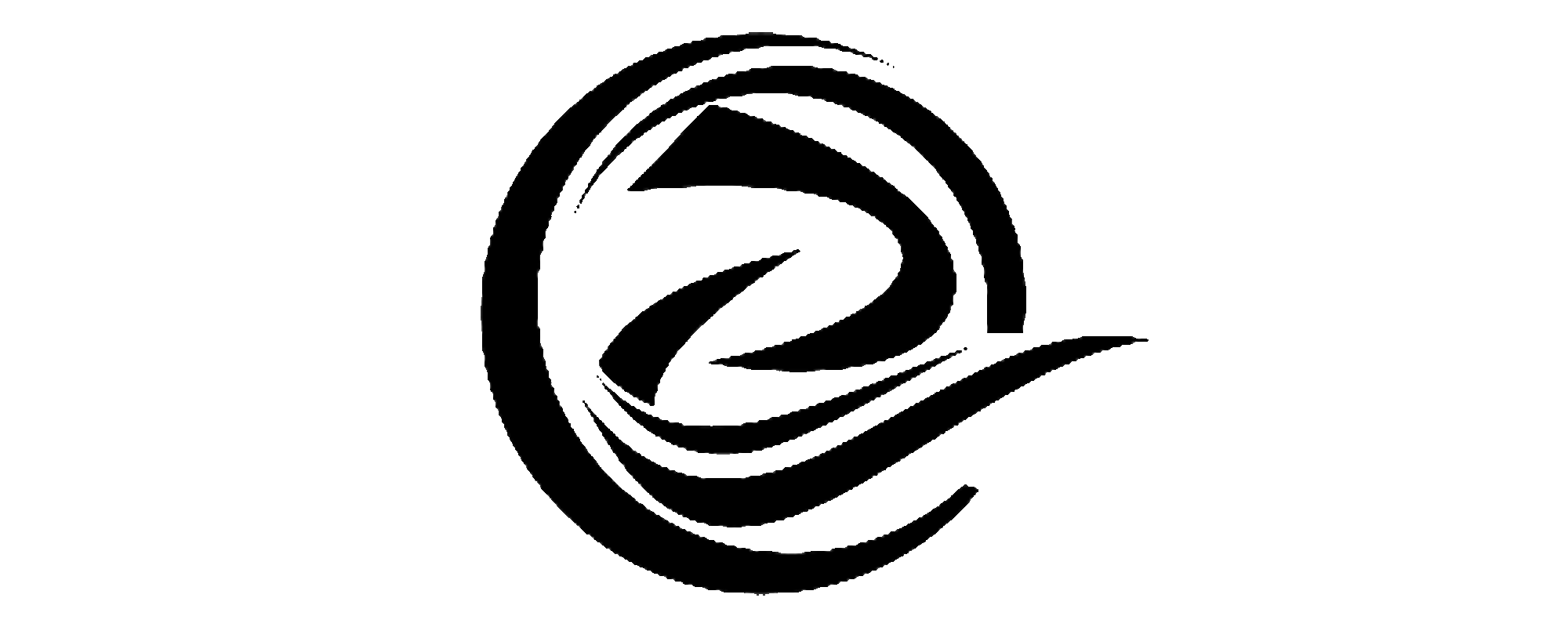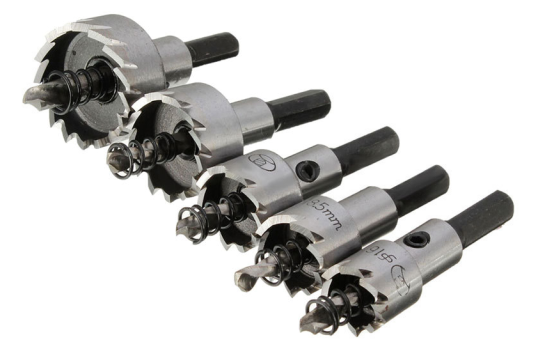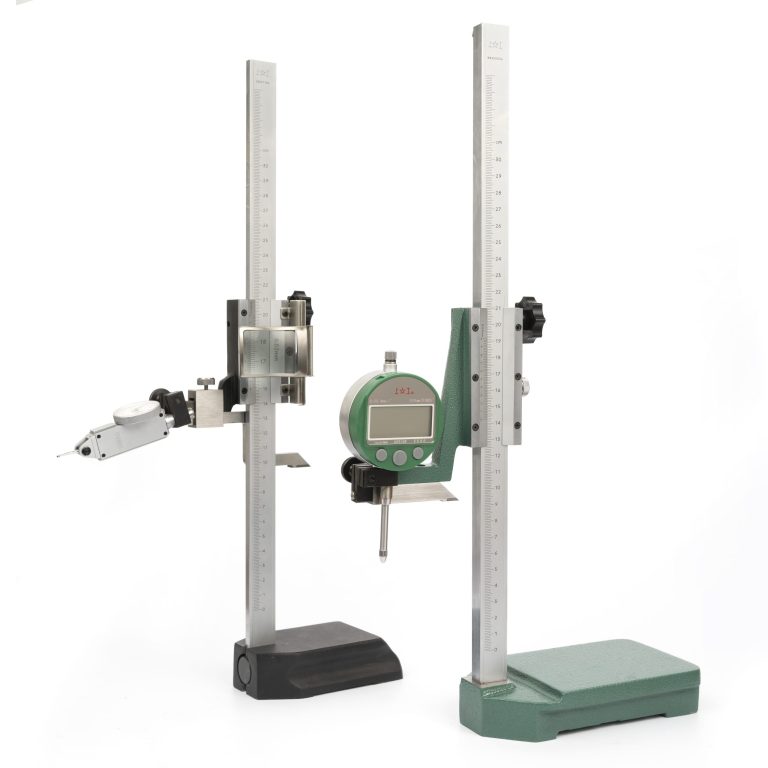Id-differenza bejn l-imtieħen tat-tarf u l-imtieħen tad-diska
Id-differenza bejn l-imtieħen tat-tarf u l-imtieħen tad-diska
The differences between end and disc mills are different blades, proċessar, u użi.
Il-vantaġġ tal-mitħna tat-tarf huwa li l-veloċità tal-qtugħ hija mgħaġġla, Il-fond tal-qtugħ huwa żgħir, u l-ammont tal-qtugħ huwa żgħir. Riġidità għolja tista 'titma radjalment. The advantages of the disc milling cutter are:
A large feed rate.
Large cutting depth.
The ability to drill holes in the axial direction.
End mills passing through the center edge can also drill holes and remove chips upwards.
one、Different blades
1. End mill: The end mill is a milling cutter processed on the top surface, which is disc-shaped and can only be cut with the edge of the end surface.
2. Disk milling cutter: The teeth of the disk milling cutter are on the circumference and the end face, and the cutting edge on the end face is the extra cutting edge.
Two 、different processing
1. End mills: End mills are mostly used for horizontal finishing.
2. Disc milling cutter: Disc milling cutter is mostly used for vertical finishing.
three、Different uses
1. End milling cutter: The end milling cutter is specially used for milling the plane of the workpiece.
2. Disc milling cutter: The disc milling cutter is specially used for milling grooves, spiral grooves, various holes, milling step planes, sides, milling disc cams, cylindrical cams, and inner and outer surfaces.








